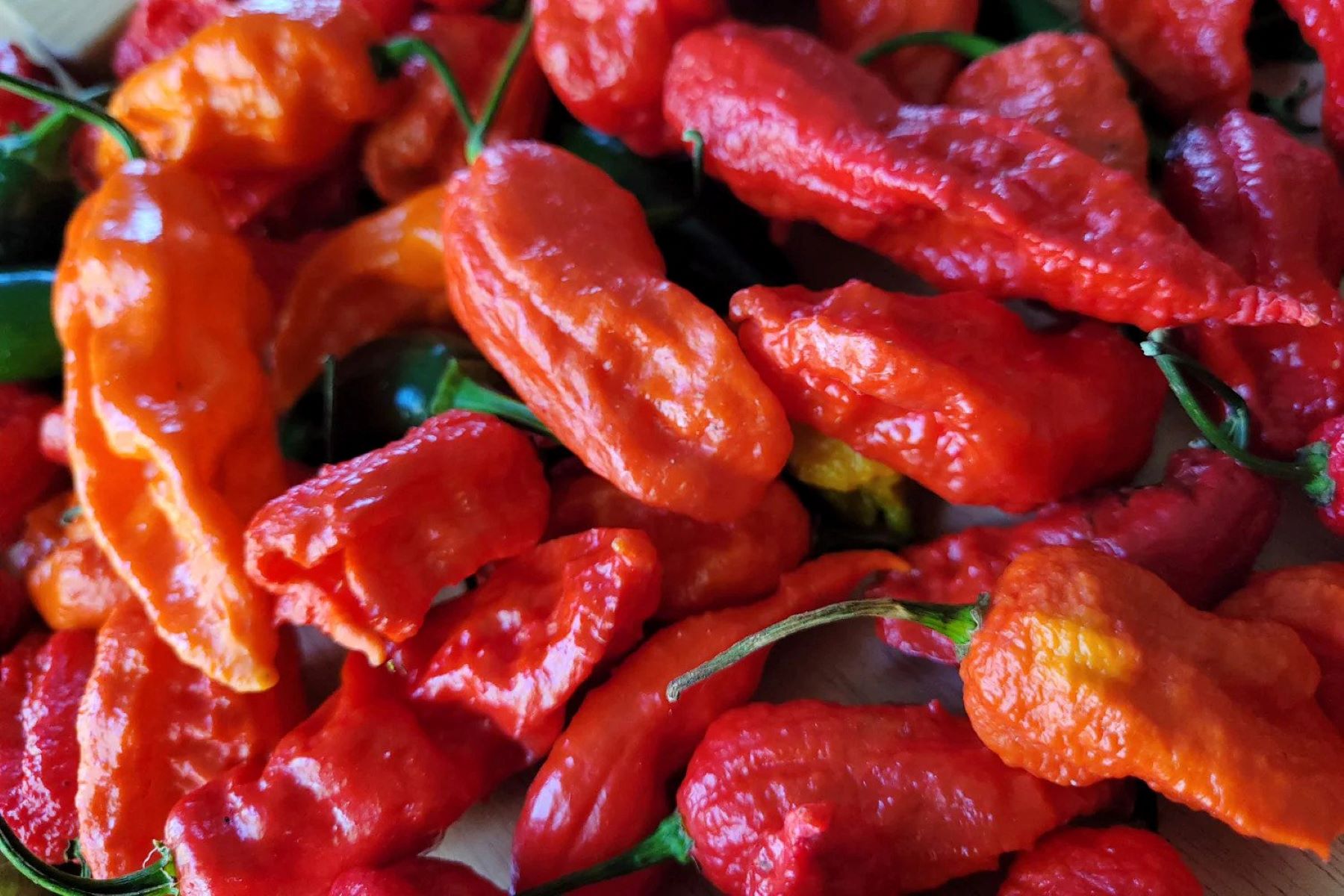

Articles
How To Store Ghost Peppers
Modified: February 25, 2024
Learn the best methods for storing ghost peppers in this comprehensive guide. Read our informative articles now to preserve the freshness and heat of these fiery peppers.
(Many of the links in this article redirect to a specific reviewed product. Your purchase of these products through affiliate links helps to generate commission for Storables.com, at no extra cost. Learn more)
Introduction
Ghost peppers, scientifically known as Capsicum chinense, are infamous for their extreme spiciness. These fiery chili peppers are among the hottest in the world, reaching a scorching 1 million Scoville Heat Units (SHU) or more. If you’re a fan of heat, you probably already know the importance of having a good stash of ghost peppers on hand.
However, due to their intense heat, storing ghost peppers properly is crucial to ensure their longevity and maintain their flavor. In this article, we will explore various methods for storing ghost peppers, so you can enjoy their fiery goodness for months to come.
Before we dive into the nitty-gritty of ghost pepper storage, let’s first understand the characteristics and unique properties of these hot peppers.
Key Takeaways:
- Preserve the fiery essence of ghost peppers by drying, freezing, or preserving in oil. Choose the right method based on your preferences and usage to ensure long-lasting heat and flavor.
- Properly prepare and store ghost peppers in airtight containers, whether in the refrigerator, freezer, or at room temperature. Handle with caution and monitor for freshness to enjoy their intense heat for months.
Read more: How To Grow Ghost Pepper Seeds
Understanding Ghost Peppers
Ghost peppers, also known as Bhut Jolokia, originate from India and have gained a reputation for being one of the hottest chili peppers in the world. They have a distinctive smoky and fruity flavor, but it’s their intense heat that makes them truly stand out.
The heat of ghost peppers is measured using the Scoville Scale, which rates the spiciness of chili peppers. Ghost peppers can range from 800,000 to over 1 million Scoville Heat Units (SHU), making them significantly hotter than jalapeños, which typically range around 2,500 to 8,000 SHU. Just a small bite of a ghost pepper can pack a fiery punch that can bring tears to your eyes and leave your taste buds burning.
It’s important to note that handling ghost peppers requires caution. The capsaicin, the compound responsible for the heat in peppers, can cause skin and eye irritation. It’s recommended to wear gloves when handling ghost peppers and avoid touching your face or eyes. Additionally, always wash your hands thoroughly after coming into contact with ghost peppers.
Now that we have a better understanding of ghost peppers, let’s move on to the different methods of storing these fiery chili peppers to ensure long-lasting freshness.
Choosing the Right Storage Method
When it comes to storing ghost peppers, choosing the right method is essential to maintain their flavor and potency. The three most common methods for storing ghost peppers are drying, freezing, and preserving in oil. Each method has its benefits and considerations, so let’s explore them in more detail.
1. Drying: Drying ghost peppers is a popular method for long-term storage. The drying process removes the moisture from the peppers, which inhibits the growth of bacteria and mold. Dried ghost peppers can be stored for months and still retain their heat and flavor. To dry ghost peppers, you can hang them in a well-ventilated area or use a food dehydrator. Once the peppers are completely dried, you can either keep them whole or grind them into powder for later use.
2. Freezing: Freezing ghost peppers is another effective method for preserving their heat and flavor. To freeze ghost peppers, start by washing and drying them thoroughly. Remove the stems and seeds if desired. Place the peppers in a single layer on a baking sheet and flash freeze them for a couple of hours. Once frozen, transfer the peppers to a freezer-safe bag or container. Freezing ghost peppers preserves their potency, but their texture may change slightly upon thawing.
3. Preserving in oil: Preserving ghost peppers in oil is a great option if you prefer to keep their texture intact. Start by washing and drying the peppers thoroughly. Remove the stems and slice the peppers into small pieces. Place the pepper slices in a sterilized jar and cover them completely with oil, such as olive oil or vegetable oil. Make sure the peppers are fully submerged in the oil to prevent spoilage. Store the jar in the refrigerator for up to several months. The oil can also be infused with the spicy flavor of the peppers, making it a delicious addition to your culinary creations.
Consider your preferences and desired usage when choosing the storage method for your ghost peppers. All three methods are effective, so choose the one that fits your needs and kitchen setup.
Now that we’ve discussed the different storage methods, let’s move on to preparing ghost peppers for storage.
Preparing Ghost Peppers for Storage
Before you store your ghost peppers, it’s important to properly prepare them to ensure the best results. Here are some steps to follow when preparing ghost peppers for storage:
1. Washing: Start by washing the ghost peppers thoroughly under running water. This will remove any dirt, debris, or residue on the peppers’ surface.
2. Drying: After washing the ghost peppers, make sure to dry them completely. Excess moisture can lead to mold growth, so use a clean towel or paper towels to gently pat the peppers dry.
3. Stem and seed removal: Depending on your storage method and personal preference, you may choose to remove the stems and seeds from the ghost peppers. This step is optional, but removing the stems and seeds can make the peppers easier to work with later on.
4. Cutting or grinding: If you plan to dry or preserve the ghost peppers, you can choose to cut them into smaller pieces or grind them into powder. Cutting the peppers into smaller pieces will help with even drying or oil preservation, while grinding will create a fine powder that can be used in various recipes.
By following these preparation steps, you are ensuring that your ghost peppers are clean, dry, and ready for the storage method of your choice. Now, let’s explore each storage method in more detail.
Option 1: Drying Ghost Peppers
Drying ghost peppers is a popular method for long-term storage, as it removes the moisture from the peppers, preventing spoilage and preserving their heat and flavor. There are a few different approaches you can take when drying ghost peppers:
Air Drying: To air dry ghost peppers, start by tying a string or thread to the stems of the peppers. Hang them in a cool, dry, and well-ventilated area, such as a kitchen pantry or a dry basement. Ensure that the peppers are spaced apart to allow air circulation. Within a few weeks, the peppers will gradually dry out and become leathery and brittle.
Dehydrator: Another method for drying ghost peppers is to use a food dehydrator. The dehydrator provides controlled heat and airflow, making the process faster and more efficient. Simply arrange the pepper slices or whole peppers on the dehydrator trays, ensuring they are evenly spaced. Set the dehydrator to a temperature between 125-135°F (50-57°C) and let it run for several hours or until the peppers are completely dry and crispy.
Oven Drying: If you don’t have a food dehydrator, you can use your oven to dry ghost peppers. Preheat your oven to its lowest temperature setting (around 150°F/65°C). Place the pepper slices or whole peppers on a baking sheet lined with parchment paper or a silicone mat. Leave the oven door slightly ajar to allow moisture to escape. Depending on the thickness of the peppers, drying times can range from 4 to 12 hours. Keep a close eye on them to prevent burning.
Storage: Once the ghost peppers are completely dried and crispy, they are ready for storage. You can store them whole or crush them into flakes or powder using a mortar and pestle or a spice grinder. Transfer the dried ghost peppers to airtight containers, such as glass jars or resealable bags. Store them in a cool, dark place, away from direct sunlight and moisture. Properly dried ghost peppers can retain their flavor and heat for up to a year.
Dried ghost peppers make an excellent addition to spice blends, salsas, hot sauces, or any recipe that calls for a touch of heat. Just remember to use them sparingly, as their intense heat can easily overpower a dish. Now, let’s move on to exploring the second storage option: freezing ghost peppers.
Read more: How To Store Pepper Spray
Option 2: Freezing Ghost Peppers
Freezing ghost peppers is an effective method for preserving their heat and flavor while maintaining their texture. Here’s how you can freeze ghost peppers:
1. Wash and dry: Start by washing the ghost peppers under running water to remove any dirt or debris. Pat them dry thoroughly with a clean towel or paper towels.
2. Remove stems and seeds: If desired, remove the stems and seeds from the ghost peppers. This step is optional but can make the peppers easier to handle and use later on.
3. Flash freezing: Lay the ghost peppers in a single layer on a baking sheet. Make sure they are not touching each other. Place the baking sheet in the freezer and let the peppers freeze for a few hours, or until they are solid. This method, known as flash freezing, helps prevent the peppers from clumping together.
4. Transfer to freezer bags: Once the ghost peppers are frozen solid, transfer them to freezer-safe bags or containers. Squeeze out as much air as possible from the bags to minimize freezer burn. Label the bags with the date for reference.
5. Store in the freezer: Place the freezer bags or containers in the freezer and store them for up to 6 months. Freezing ghost peppers helps to preserve their potency, but keep in mind that their texture may slightly change upon thawing.
6. Thawing and usage: When you’re ready to use the frozen ghost peppers, thaw them in the refrigerator overnight or simply add them directly to your recipes. Frozen ghost peppers are excellent for adding heat to stews, sauces, and other dishes that require a spicy kick.
Remember to handle frozen ghost peppers with caution, as they still retain their intense heat. Wash your hands thoroughly after handling them and avoid touching your face or eyes.
Now that we’ve explored the process of freezing ghost peppers, let’s move on to another storage option: preserving ghost peppers in oil.
Option 3: Preserving Ghost Peppers in Oil
Preserving ghost peppers in oil is a fantastic method that allows you to maintain the texture of the peppers while infusing the oil with their intense flavor and heat. Here’s how you can preserve ghost peppers in oil:
1. Prepare the peppers: Start by washing the ghost peppers thoroughly under running water. Pat them dry with a clean towel or paper towels. Remove the stems and slice the peppers into small pieces. You can choose to keep the seeds or remove them, depending on your preference for heat.
2. Sterilize the jar: Choose a sterilized glass jar with an airtight lid to ensure freshness and prevent bacterial growth. You can sterilize the jar by boiling it in hot water for a few minutes or running it through a dishwasher cycle.
3. Add the peppers to the jar: Place the sliced ghost peppers into the sterilized jar. Fill the jar loosely, leaving some space at the top. You can experiment with different types of peppers or add herbs and spices to enhance the flavor if desired.
4. Cover with oil: Pour your preferred oil, such as olive oil or vegetable oil, into the jar, covering the ghost peppers completely. Make sure there are no air pockets by gently tapping the jar to remove any trapped air bubbles.
5. Store in the refrigerator: Seal the jar tightly with the lid and place it in the refrigerator. The cooler temperature of the fridge will help to preserve the freshness of the peppers and prevent the growth of bacteria. The preserved ghost peppers can last in the refrigerator for several months.
6. Usage: To use the preserved ghost peppers, simply scoop them out from the jar as needed. The peppers and the infused oil can be used in various dishes to add heat and flavor. Be cautious when handling the preserved ghost peppers, as they retain their spiciness and can cause irritation if touched with bare hands.
Preserving ghost peppers in oil is not only a convenient storage method, but the infused oil can also be utilized as a flavorful ingredient in dressings, marinades, and sauces.
Now that we’ve covered preserving ghost peppers in oil, let’s move on to our final storage option: making ghost pepper powder.
Store ghost peppers in airtight containers in the refrigerator or freezer to maintain their freshness and potency. Wear gloves when handling to avoid irritation.
Option 4: Making Ghost Pepper Powder
If you’re looking for a versatile and convenient way to store ghost peppers, making ghost pepper powder is an excellent option. Ghost pepper powder allows you to easily add a punch of heat to any dish, from soups and stews to marinades and rubs. Here’s how you can make ghost pepper powder:
1. Prepare the ghost peppers: Start by washing the ghost peppers under running water and pat them dry with a towel. Remove the stems and seeds from the peppers, as they can contribute to a bitter taste in the powder.
2. Wear gloves and protective gear: Ghost peppers are incredibly hot and can cause skin and eye irritation. To ensure your safety, it’s important to wear gloves, goggles, and a face mask while handling the peppers.
3. Dehydrate the ghost peppers: There are various methods to dehydrate ghost peppers, including using a food dehydrator, oven, or air-drying. If using a dehydrator, follow the manufacturer’s instructions to set the temperature to around 125-135°F (50-57°C) and allow the peppers to dry for several hours until they are completely dehydrated and brittle. In the oven, set the temperature to its lowest setting and place the pepper slices or whole peppers on a baking sheet. Leave the oven door slightly ajar to allow moisture to escape, and check on them periodically until they are fully dehydrated. Air-drying is also an option, but it can take longer for the peppers to dry completely, usually a few weeks.
4. Grind into a powder: Once the ghost peppers are fully dehydrated, it’s time to grind them into a powder. You can use a spice grinder, mortar, and pestle, or a coffee grinder to achieve a fine powder consistency. If using a grinder or blender, ensure it is clean and dry before starting. Be cautious when opening the grinder or blender, as the powder can cause irritation if inhaled.
5. Store in an airtight container: Transfer the ghost pepper powder into an airtight container, preferably made of glass or metal, to maintain its freshness and potency. Make sure to label the container with the date and name of the pepper for future reference.
6. Usage: Ghost pepper powder can be used sparingly in your recipes, adding heat and flavor to various dishes. Start with a small amount and gradually increase to achieve your desired level of spiciness.
Remember to handle ghost peppers and the powder with caution, as they are extremely spicy. Wash your hands thoroughly after handling and avoid direct contact with your eyes or face.
By making ghost pepper powder, you’ll have a convenient and long-lasting option for adding a fiery kick to your favorite recipes.
Now that we’ve explored various storage options for ghost peppers, let’s move on to discussing the proper containers for storing them.
Proper Storage Containers for Ghost Peppers
Choosing the right storage containers for ghost peppers is crucial to maintain their freshness, flavor, and potency. Here are some suitable options to consider:
Glass Jars: Glass jars are an excellent choice for storing ghost peppers. They are non-reactive, airtight, and preserve the peppers’ flavor and aroma. Opt for jars with tight-fitting lids to prevent air and moisture from entering. Mason jars or canning jars work well for storing dried peppers, preserved peppers in oil, or ghost pepper powder.
Resealable Bags: For freezing ghost peppers or storing dried peppers, resealable plastic bags can be a practical option. Choose thick, freezer-safe bags that can withstand low temperatures without puncturing or tearing. Squeeze out the excess air before sealing the bags to prevent freezer burn.
Airtight Containers: Airtight containers made of plastic or metal are suitable for storing ghost peppers at room temperature. Look for food-grade containers with secure lids to ensure the peppers stay fresh and protected from air and moisture. These containers work well for storing preserved ghost peppers in oil or for keeping dried peppers at hand for easy access.
Spice Jars: If you’ve ground ghost peppers into a powder, small spice jars with tight-fitting lids are ideal for storing the powder. The smaller size helps minimize air exposure and maintains the quality of the powder. Choose glass or metal spice jars to preserve the flavor and protect the powder from moisture and light.
Dark and Cool Environment: Regardless of the container used, it’s essential to store ghost peppers in a dark and cool environment to prolong their shelf life. Exposure to light and heat can degrade the peppers’ flavor and spiciness over time. A pantry or cabinet away from direct sunlight is an ideal location for storage.
Remember to label the containers with the date and contents to keep track of the freshness and avoid any confusion. Additionally, always store ghost peppers away from children and pets, as their intense heat can be harmful if consumed unintentionally.
Now that we know the proper storage containers for ghost peppers, let’s explore the different storage conditions depending on where you choose to store them.
Read more: How To Store Anaheim Peppers
Storing Ghost Peppers in the Refrigerator
Refrigeration is a viable option for storing ghost peppers, especially if you want to maintain their freshness for a longer period. Here are some guidelines for storing ghost peppers in the refrigerator:
1. Properly prepare the peppers: Before storing ghost peppers in the refrigerator, make sure they are clean, dry, and free from any signs of spoilage. Remove the stems and seeds if desired.
2. Choose the right storage container: Use airtight containers or resealable bags to store the ghost peppers. The containers should be able to seal tightly to prevent moisture absorption and maintain the peppers’ quality.
3. Keep the temperature consistent: Set your refrigerator to a temperature below 40°F (4°C) but above freezing. This temperature range helps to delay spoilage and maintain the heat and flavor of ghost peppers.
4. Maintain proper moisture levels: Ghost peppers can be sensitive to excessive moisture which can cause them to go bad quickly. To minimize moisture, you can add a paper towel or a moisture-absorbing packet to the container to absorb any excess moisture.
5. Separate from other foods: Ghost peppers have a strong heat that can transfer to other foods if stored in close proximity. To prevent the flavor from transferring, store the peppers in a separate section of the refrigerator, ensuring they are kept away from other produce or sensitive items.
6. Check for freshness: Regularly inspect the stored ghost peppers for any signs of spoilage, such as mold, excessive softening, or discoloration. Remove any spoiled peppers immediately to prevent the spread of spoilage.
When stored properly in the refrigerator, ghost peppers can usually last up to 2-3 weeks while maintaining their heat and flavor. However, keep in mind that their spiciness may diminish over time.
Now that we’ve covered storing ghost peppers in the refrigerator, let’s move on to exploring the option of storing them in the freezer.
Storing Ghost Peppers in the Freezer
Freezing is an effective method for long-term storage of ghost peppers. Here’s how you can properly store ghost peppers in the freezer:
1. Prepare the peppers: Wash the ghost peppers thoroughly and pat them dry with a clean towel. Remove the stems and seeds if desired.
2. Flash-freeze: Place the ghost peppers in a single layer on a baking sheet lined with parchment paper or a silicone mat. Make sure the peppers are not touching each other. This method, known as flash-freezing, prevents the peppers from clumping together during freezing.
3. Freeze: Transfer the baking sheet with the ghost peppers to the freezer and let them freeze for a few hours, or until they are solid. Once frozen, remove the baking sheet from the freezer.
4. Transfer to freezer bags or containers: Take the frozen ghost peppers from the baking sheet and transfer them to freezer-safe bags or containers. Squeeze out excess air from the bags to minimize freezer burn or use vacuum-sealed bags for optimal freshness.
5. Label and date: Label the bags or containers with the date of freezing for reference. This allows you to keep track of the freshness of the ghost peppers.
6. Return to the freezer: Place the bags or containers of ghost peppers back into the freezer and store them for up to 6 months or longer. The frozen ghost peppers will retain their heat and flavor when stored at freezing temperatures.
7. Thawing and usage: When you need to use the frozen ghost peppers, simply remove the desired amount from the freezer and thaw them in the refrigerator overnight. Alternatively, you can directly add the frozen peppers to your recipes for an instant burst of heat. Frozen ghost peppers work well in soups, stews, sauces, or any dish where you want to add a spicy kick.
Properly stored in the freezer, ghost peppers can maintain their flavor, heat, and quality for an extended period. However, keep in mind that the texture of the peppers may change slightly upon thawing.
Now that we’ve covered storing ghost peppers in the freezer, let’s move on to the option of storing them at room temperature.
Storing Ghost Peppers at Room Temperature
Storing ghost peppers at room temperature can be a suitable option if you plan to use them relatively quickly or if you prefer them easily accessible for cooking. Here are some tips for properly storing ghost peppers at room temperature:
1. Prepare the peppers: Wash the ghost peppers thoroughly and pat them dry. Remove the stems if desired, but for longer shelf life, it’s best to leave the peppers whole.
2. Choose the right container: Select a container that provides proper ventilation. A mesh bag, breathable paper bag, or a shallow basket lined with a clean cloth can work well. These containers allow air to circulate, helping to prevent moisture buildup and maintain the peppers’ quality.
3. Avoid direct sunlight: Place the container of ghost peppers in a cool, dry location away from direct sunlight. Sunlight exposure can accelerate the ripening and spoilage process.
4. Monitor for ripening and spoilage: Regularly check the ghost peppers for any signs of ripening or spoilage. Remove any peppers that show softening, blemishes, or mold to prevent the spread of spoilage.
5. Keep away from ethylene-producing fruits: Ghost peppers are sensitive to ethylene gas, which is naturally produced by certain fruits like bananas, apples, and tomatoes. To extend the shelf life of the peppers, store them separately from ethylene-producing fruits to prevent premature ripening.
6. Use within a few weeks: Ghost peppers stored at room temperature can generally retain their heat and flavor for a couple of weeks. However, their potency may diminish over time. It’s best to use them within this time frame for optimal flavor and spiciness.
Storing ghost peppers at room temperature provides easy access for cooking and allows you to display and appreciate their vibrant colors. However, it’s important to monitor them regularly and use them within the recommended time frame to prevent spoilage.
Now that we’ve covered the options for storing ghost peppers at different temperatures, let’s wrap up with some final thoughts on storing these fiery peppers.
Final Thoughts on Storing Ghost Peppers
Properly storing ghost peppers is essential to maintain their intense heat and distinct flavor. Whether you choose to dry them, freeze them, preserve them in oil, or make them into powder, following the right techniques will ensure the longevity and quality of your prized peppers. Here are a few final thoughts on storing ghost peppers:
Consider your usage: Before selecting a storage method, think about how you plan to use the ghost peppers. If you frequently use them in powdered form, making ghost pepper powder might be the best option for you. Likewise, if you enjoy the texture and versatility of whole or sliced peppers, methods like drying or preserving in oil might be more suitable.
Proper packaging: Packaging plays a crucial role in maintaining the freshness of ghost peppers. Use airtight containers, resealable bags, or jars with tight-fitting lids to prevent air and moisture from affecting the peppers. Labeling the containers with the date can help you keep track of their freshness as well.
Handle with caution: Ghost peppers are incredibly hot and can cause discomfort if mishandled. Always wear gloves when handling the peppers, avoid touching your face or eyes, and wash your hands thoroughly with soap and water after coming into contact with them.
Storage location: Choose the storage location wisely. Keep ghost peppers away from direct sunlight, excessive heat, and ethylene-producing fruits. Dark and cool places, such as pantries, refrigerators, or freezers, are ideal for maintaining their potency and flavor.
Frequent monitoring: Regularly inspect stored ghost peppers for signs of spoilage, mold, or softening. Discard any peppers showing these signs to prevent contamination of other peppers and maintain the quality of the remaining ones.
By following these guidelines, you can ensure that your stash of ghost peppers remains flavorful, potent, and ready to add a fiery kick to your culinary creations for months to come.
Now that you are equipped with the knowledge of storing ghost peppers, it’s time to preserve the fiery essence of these incredible peppers and enjoy their heat whenever you desire!
Frequently Asked Questions about How To Store Ghost Peppers
Was this page helpful?
At Storables.com, we guarantee accurate and reliable information. Our content, validated by Expert Board Contributors, is crafted following stringent Editorial Policies. We're committed to providing you with well-researched, expert-backed insights for all your informational needs.
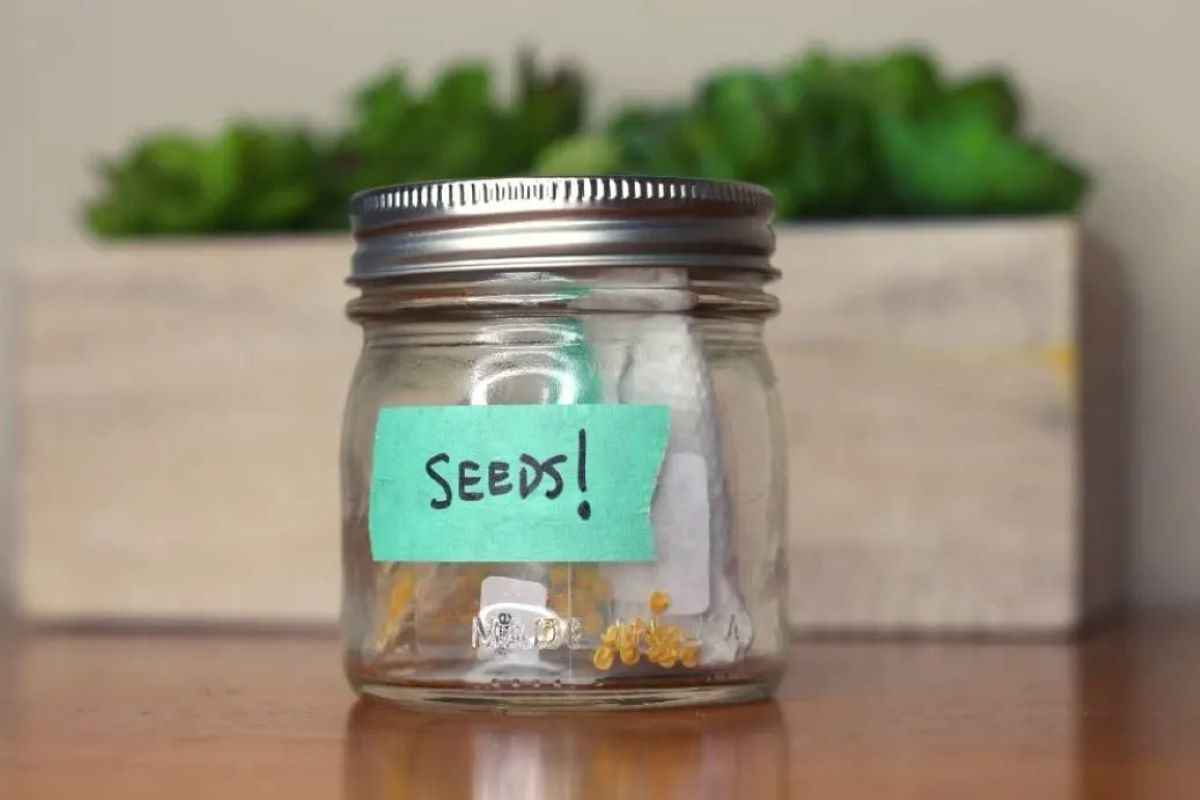
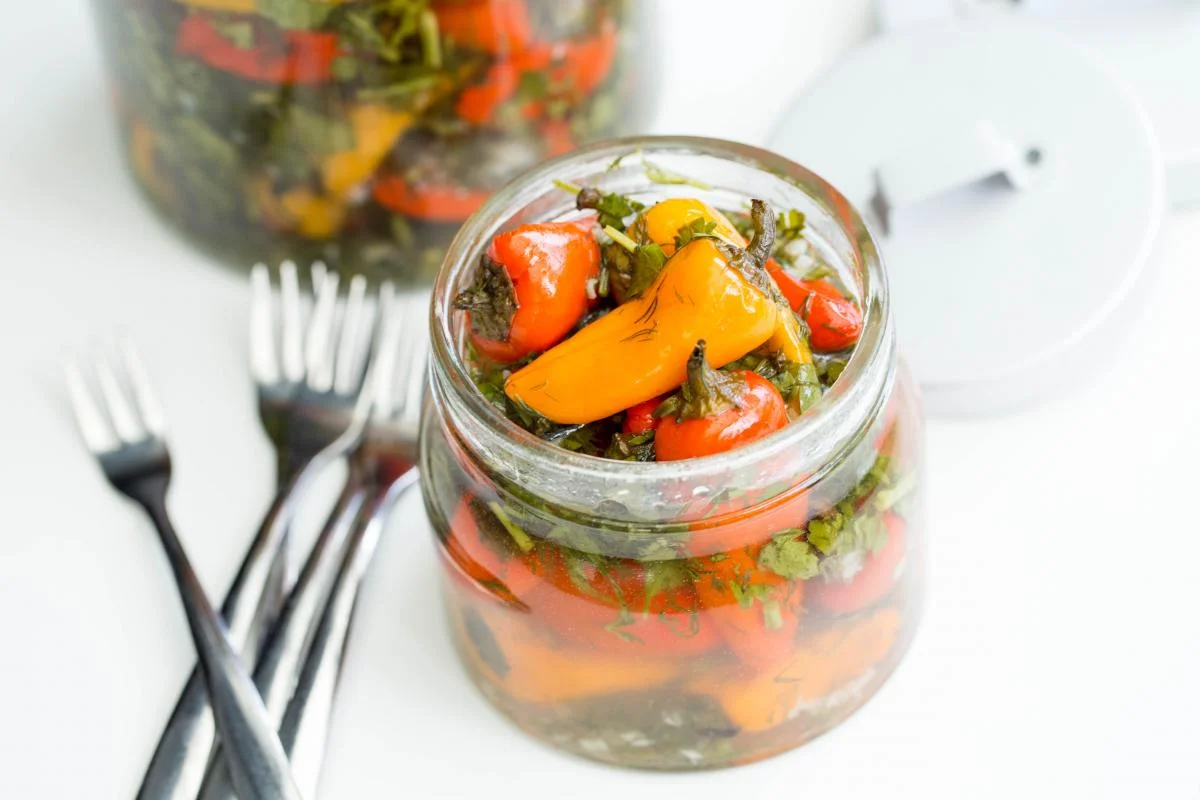

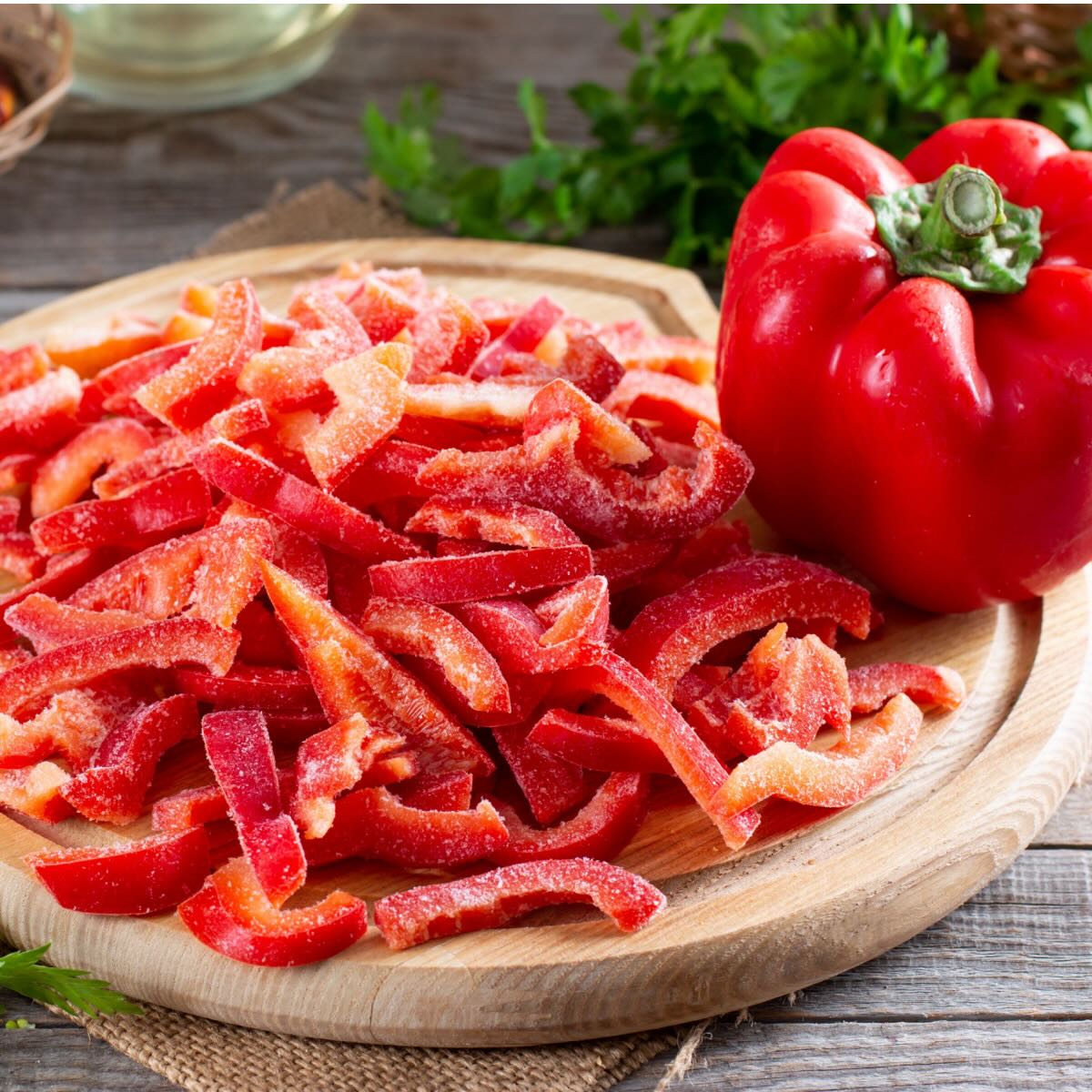
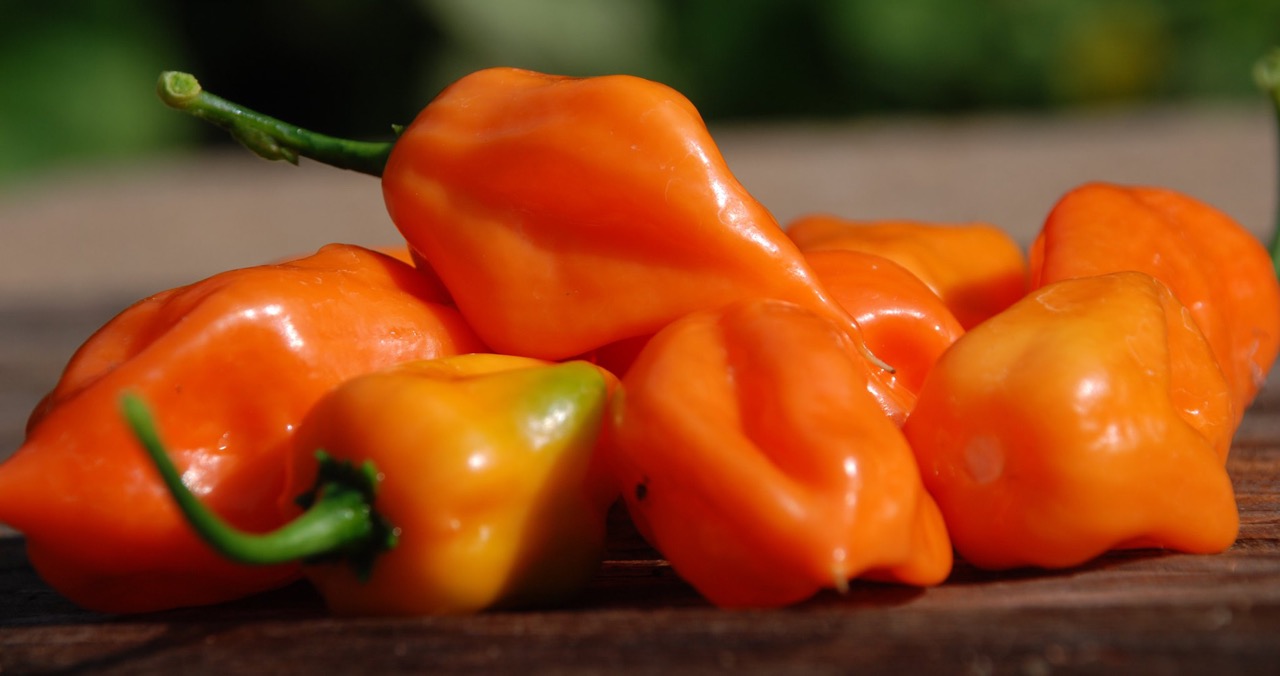
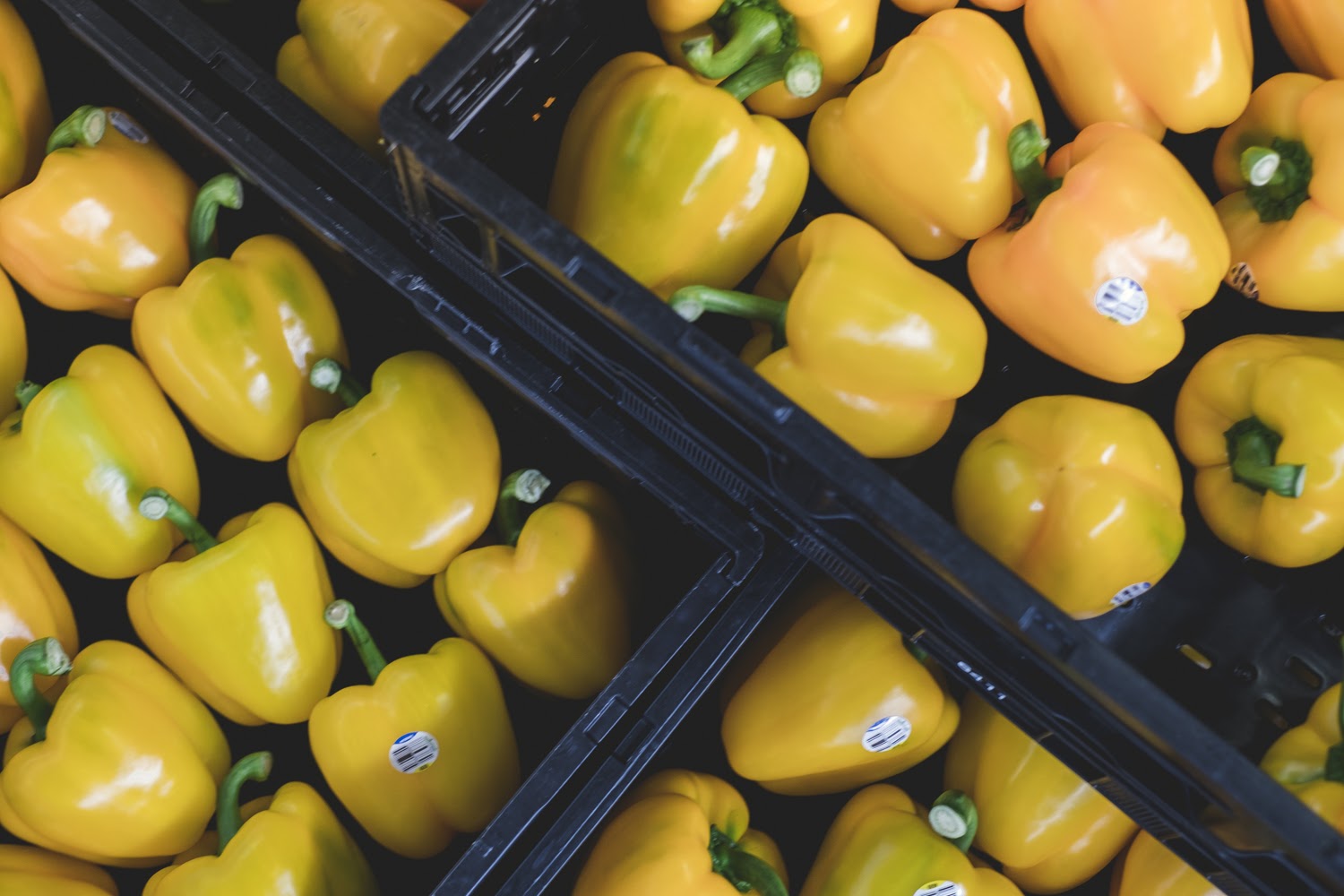

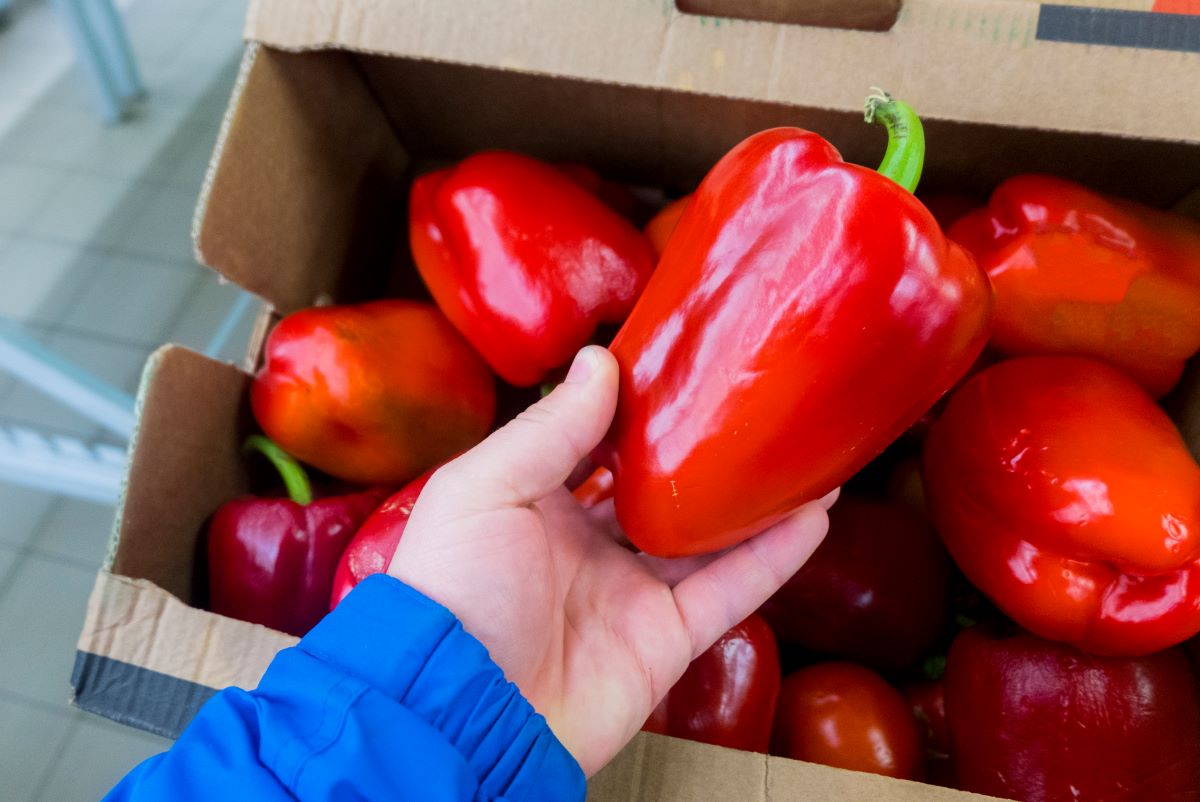
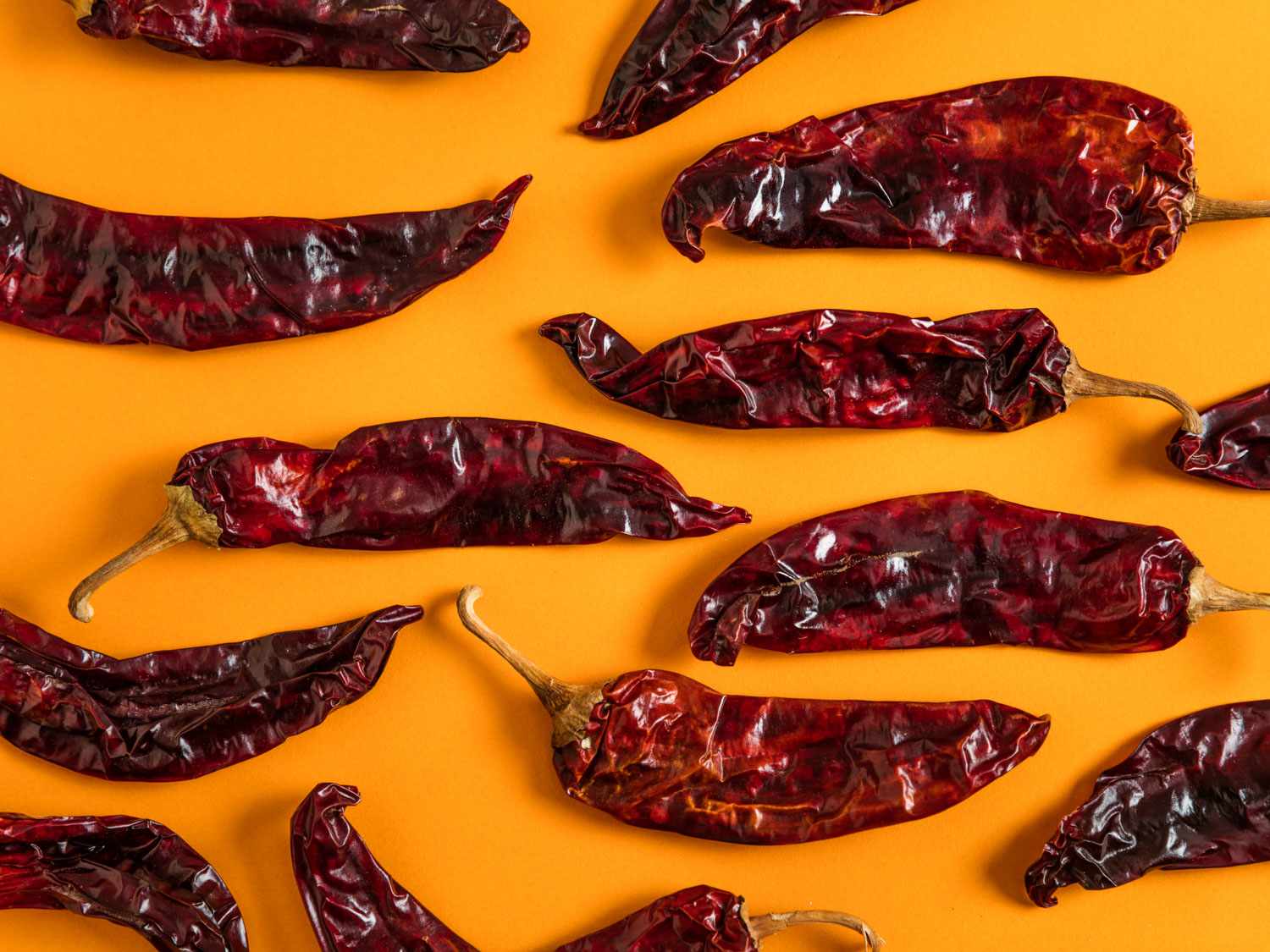
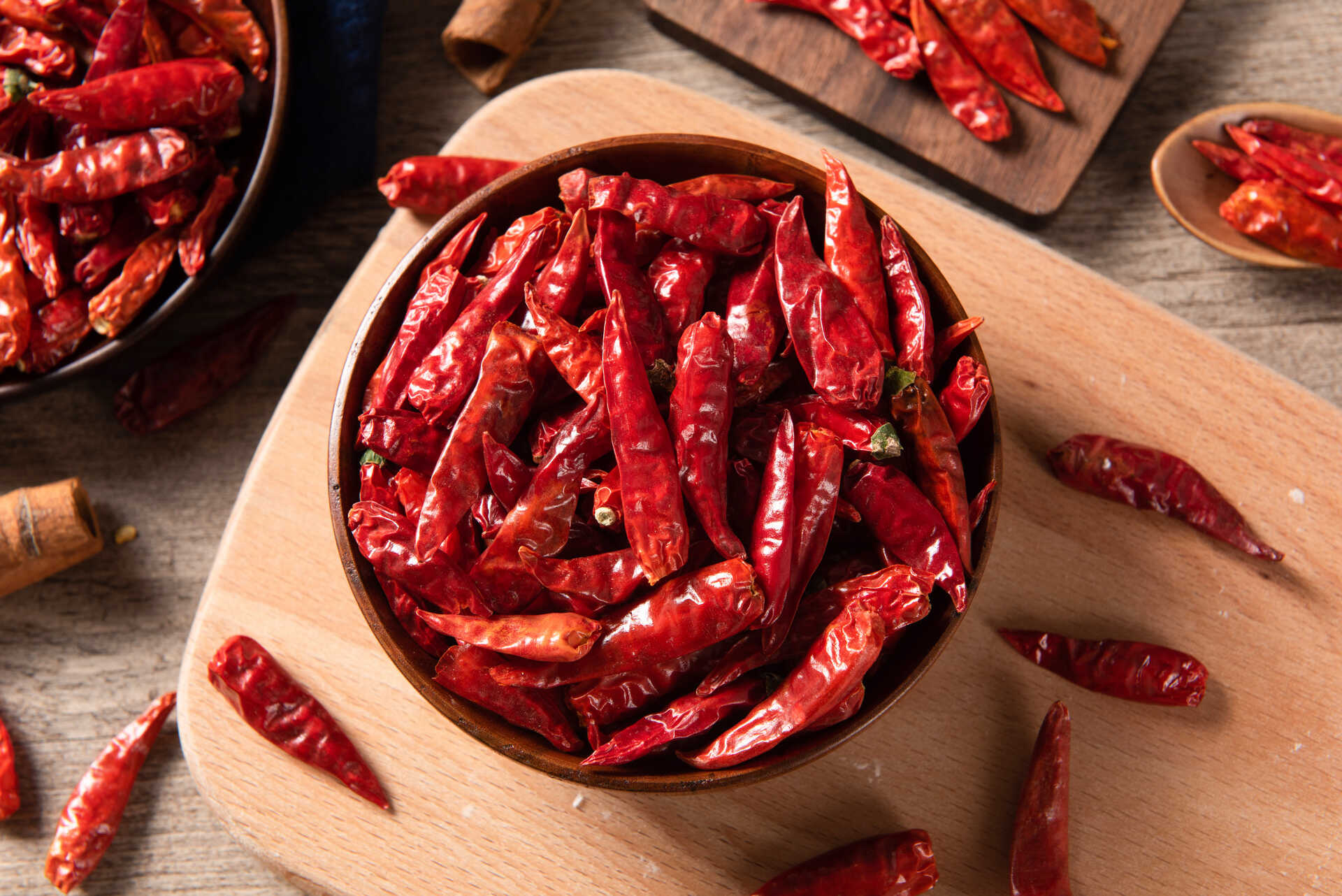
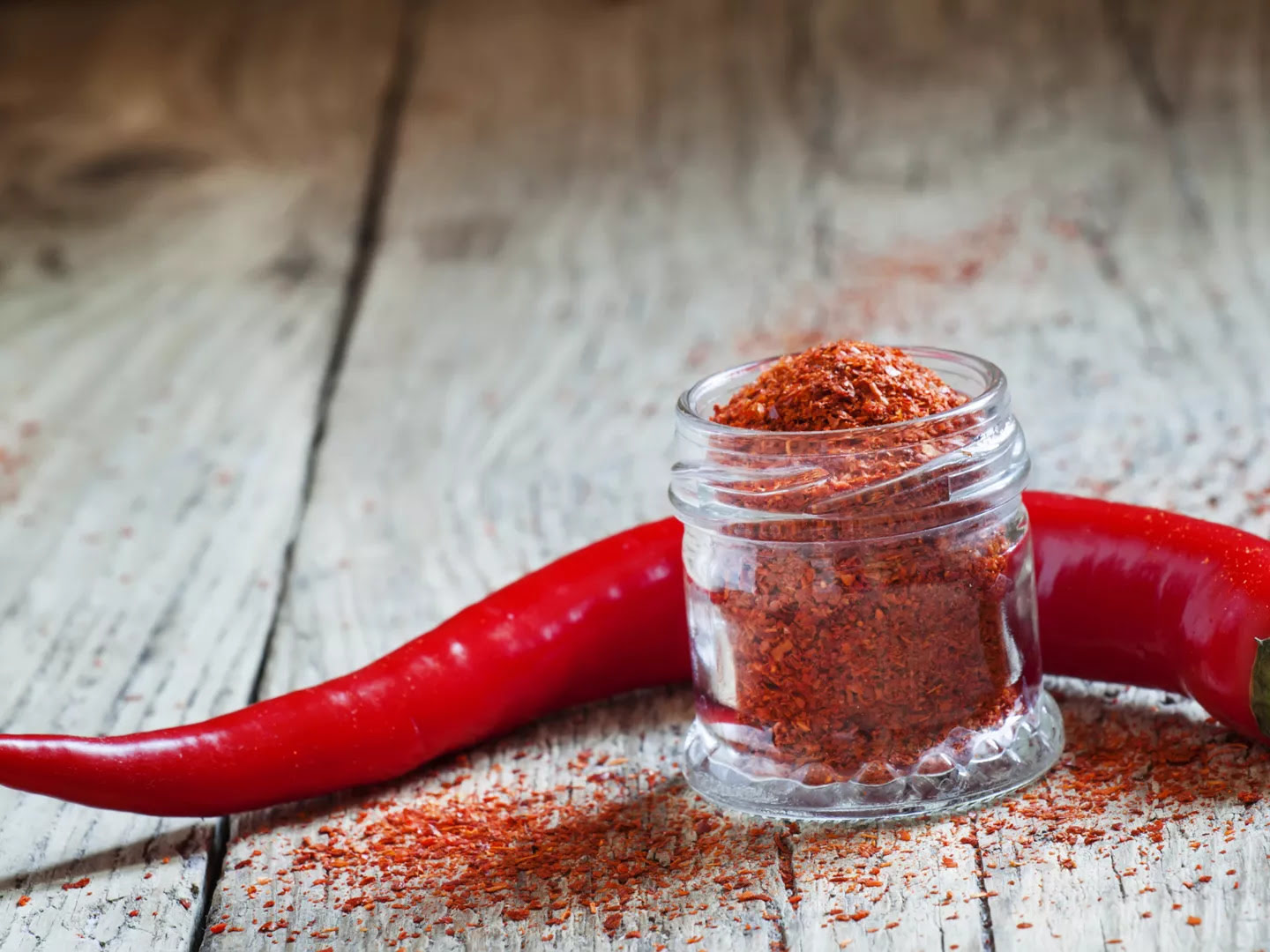
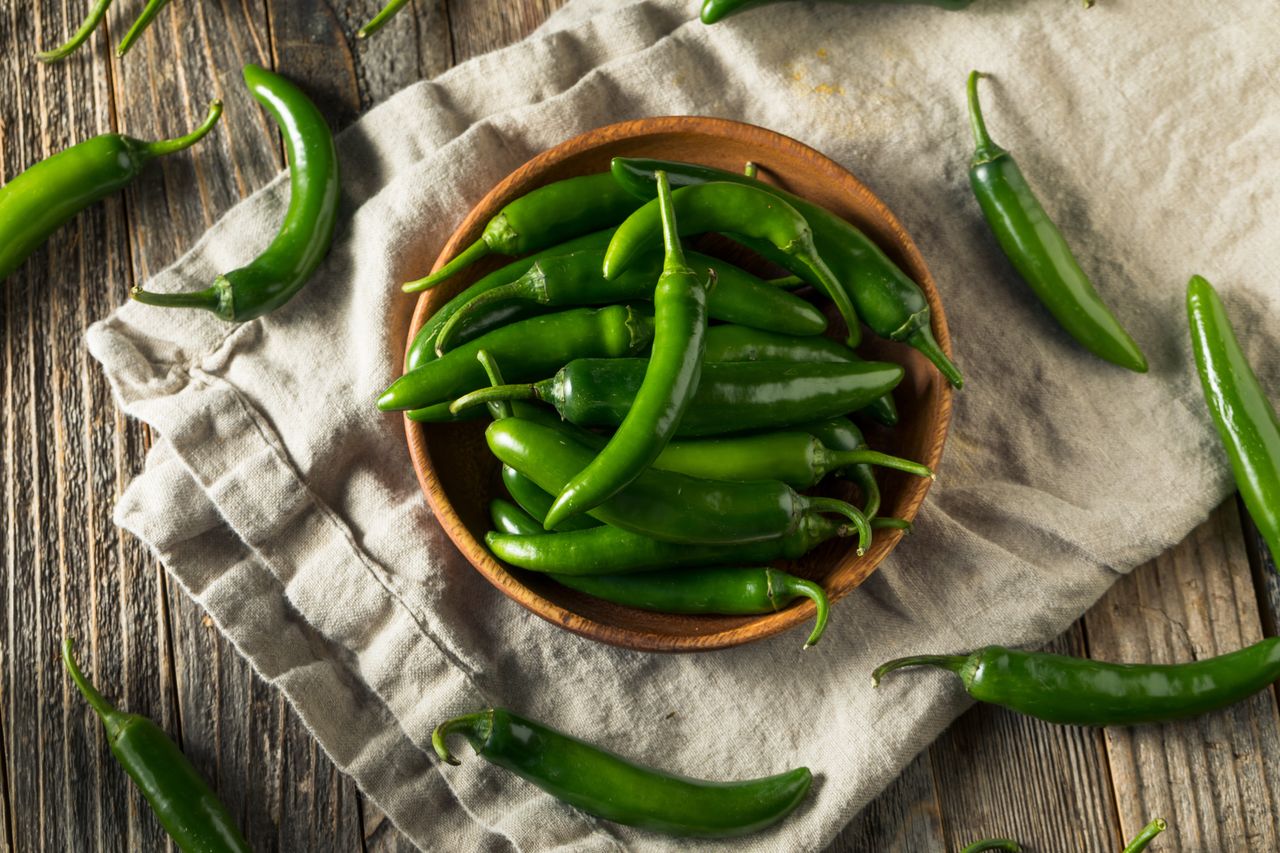
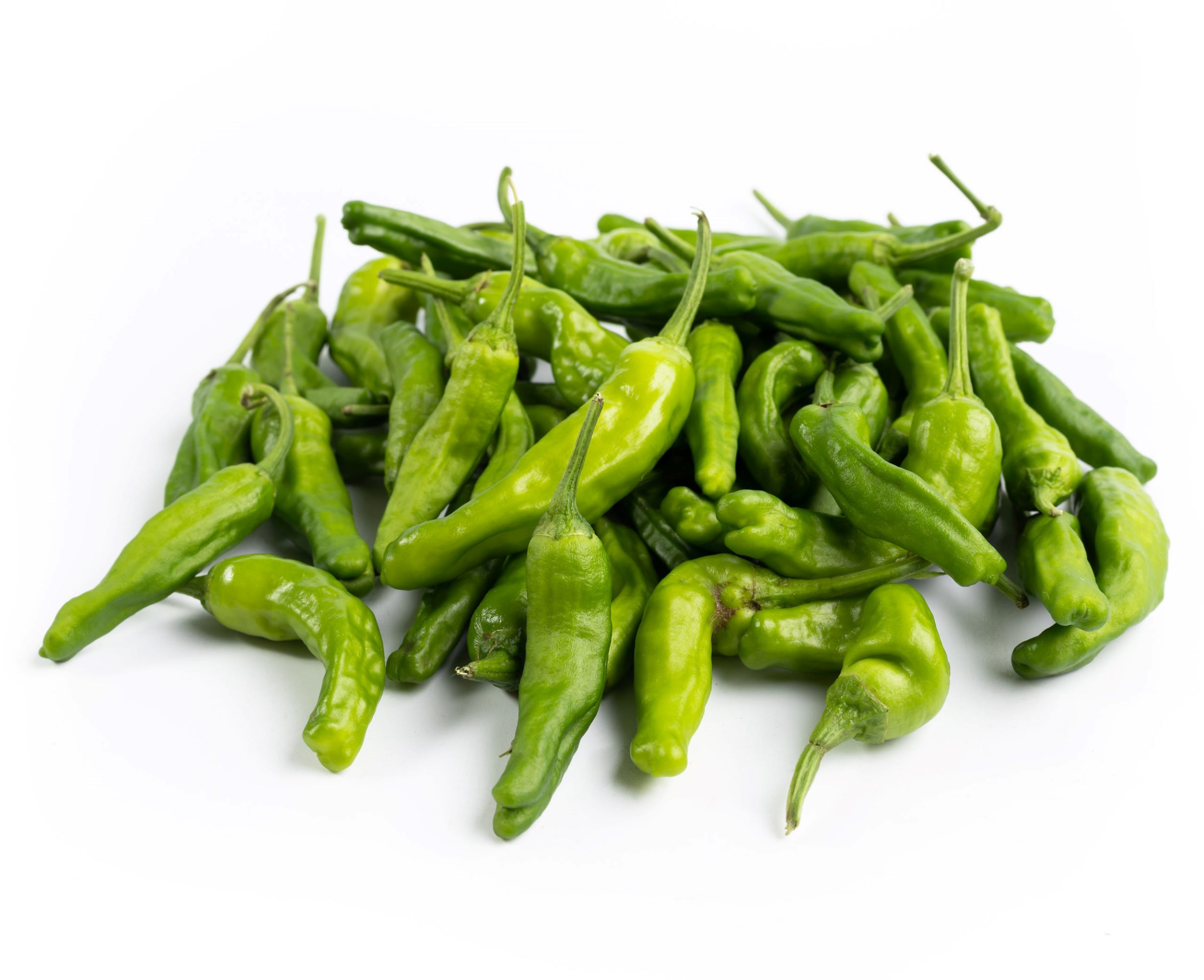

0 thoughts on “How To Store Ghost Peppers”